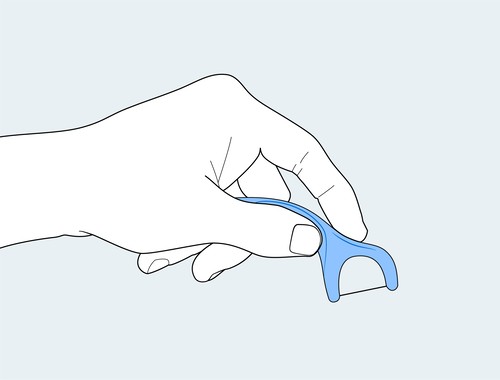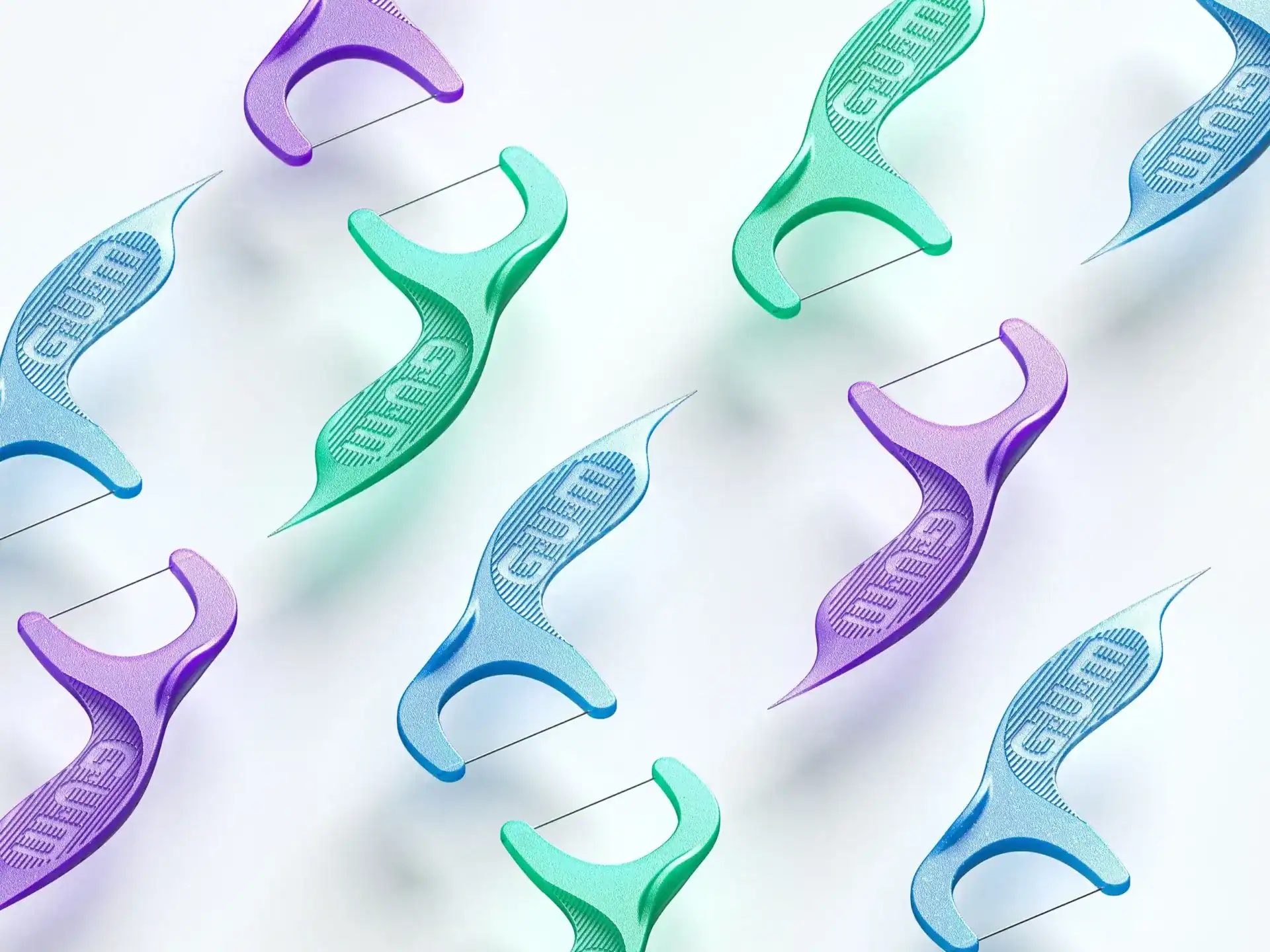As populations around the world continue to age, the need for thoughtfully designed products that support older adults is rapidly increasing. By 2030, 1 in 5 Americans will be 65 or older—a demographic with significant purchasing power and evolving needs in areas like health, safety, mobility, and daily living. For product designers, this shift presents both a challenge and an opportunity: how can we create products that empower older adults while still appealing across generations?
At Choi Design Group, we believe good design serves everyone—and designing for aging populations requires empathy, smart strategy, and attention to detail.
Why Aging Populations Are Driving Product Innovation
The “silver economy” is no longer a niche—it’s one of the fastest-growing markets globally. Older adults are living longer, staying active, and remaining digitally connected. But they also face unique challenges related to:
- Reduced dexterity and grip strength
- Declining vision or hearing
- Cognitive changes, including memory or processing speed
- Increased medical needs and daily health monitoring

Designing for these realities doesn’t mean compromising style or innovation—it means creating products that are intuitive, inclusive, and sustainable for long-term use.
Key Design Considerations for Older Adults
Whether designing consumer electronics, medical devices, or home products, here are critical elements that make a difference:
Cognitive Load & Simplicity
Older adults may take more time to process instructions or remember sequences. Interfaces should be:
- Clear, uncluttered, and avoid hidden features
- Free of jargon or ambiguous icons
- Consistent in behavior (e.g., same actions yield same results)
Visual Accessibility
Designs must accommodate common age-related changes like presbyopia or color blindness. Best practices include:
- High contrast between text and background
- Large, legible fonts
- Avoiding red/green pairings in key functions
Ergonomics & Physical Interaction
Reduced mobility or joint pain can make traditional interfaces frustrating. Design with:
- Large, easy-press buttons
- Grippable materials with tactile feedback
- Minimal reliance on fine motor skills
Auditory Feedback
Products should support users who may have hearing loss:
- Include adjustable volume or frequency ranges
- Supplement sound with light or vibration cues
- Avoid reliance on high-pitched tones alone
Real-World Products That Get It Right
Thoughtful design for older adults doesn’t have to look clinical—it can be beautiful, intuitive, and widely appealing. Here are a few products that show how good design can serve aging users — without looking or feeling “clinical”:
Sunstar G.U.M. Dual Flosser — Designed by Choi Design Group
When Sunstar approached Choi Design Group to develop a new flosser, the goal was clear: make it easier to use while reducing strain on the hands and wrists. Many users, especially older adults, struggle to reach back teeth or maintain grip while flossing.

Through hundreds of prototypes, ergonomic testing, and brand-aligned packaging design, the team created a two-in-one flosser that can be rotated in one hand for better reach and control. The divot grip improves stability, while dual floss thicknesses address different dental needs—proof that inclusive design can also be elegant, efficient, and commercially successful.

Apple Watch Fall Detection & Medication Reminders
A consumer favorite that integrates subtle assistive features—helping older adults stay connected and safe without any stigma of “medical” devices.
![A51fa1544cbb61dc2a1fd4b62ac9a446[1]](https://choidesign.com/wp-content/uploads/a51fa1544cbb61dc2a1fd4b62ac9a4461.png)
These examples show that designing for aging populations doesn’t limit innovation — it unlocks it.
Design Challenges and Opportunities
Balancing Universal Design vs. Age-Specific Features
There’s a fine line between making products accessible and unintentionally stigmatizing the user. A well-designed product for seniors should:
- Blend into a modern lifestyle
- Avoid medical or “assistive” aesthetics unless required
- Offer customization without overwhelming options
Cross-Generational Appeal
Aging adults often live in multigenerational homes or share products with younger family members. Products that accommodate multiple user types—like smart lighting, voice assistants, or health monitors—offer wider utility and greater market appeal.
Industries Ripe for Innovation
Choi Design Group works across consumer, commercial, medical, and digital product spaces—each of which is seeing a wave of age-conscious innovation:
- Medical Devices: Simplified controls, clearer readouts, and remote monitoring features are in high demand.
- Home & Kitchen: From grip-friendly utensils to appliances with voice control, there’s room to grow.
- Mobility & Transportation: Foldable walkers, electric scooters, and accessible ride-share platforms need better UX.
- Digital Products: App interfaces with adjustable font sizes, simplified navigation, and voice activation help keep users connected and confident.
How Product Designers Can Lead the Way
Designing for aging users doesn’t require reinventing the wheel—it means applying the fundamentals of good design with added empathy. Product teams should:
- Include older adults in user research and testing
- Build in flexibility (e.g., adjustable features, multiple control modes)
- Prototype early with accessibility in mind
- Avoid assumptions about tech literacy—test, don’t guess
Bring Inclusive Product Design to Life with Choi Design Group
At Choi Design Group, we believe the best products are those that adapt to people—not the other way around. As the population ages, designing with empathy, clarity, and accessibility isn’t just good practice—it’s essential for creating lasting impact.
If you’re exploring new ways to serve aging users in medical, consumer, or commercial markets, we’re here to help.
Contact us to start designing products that make a difference—for every generation.
